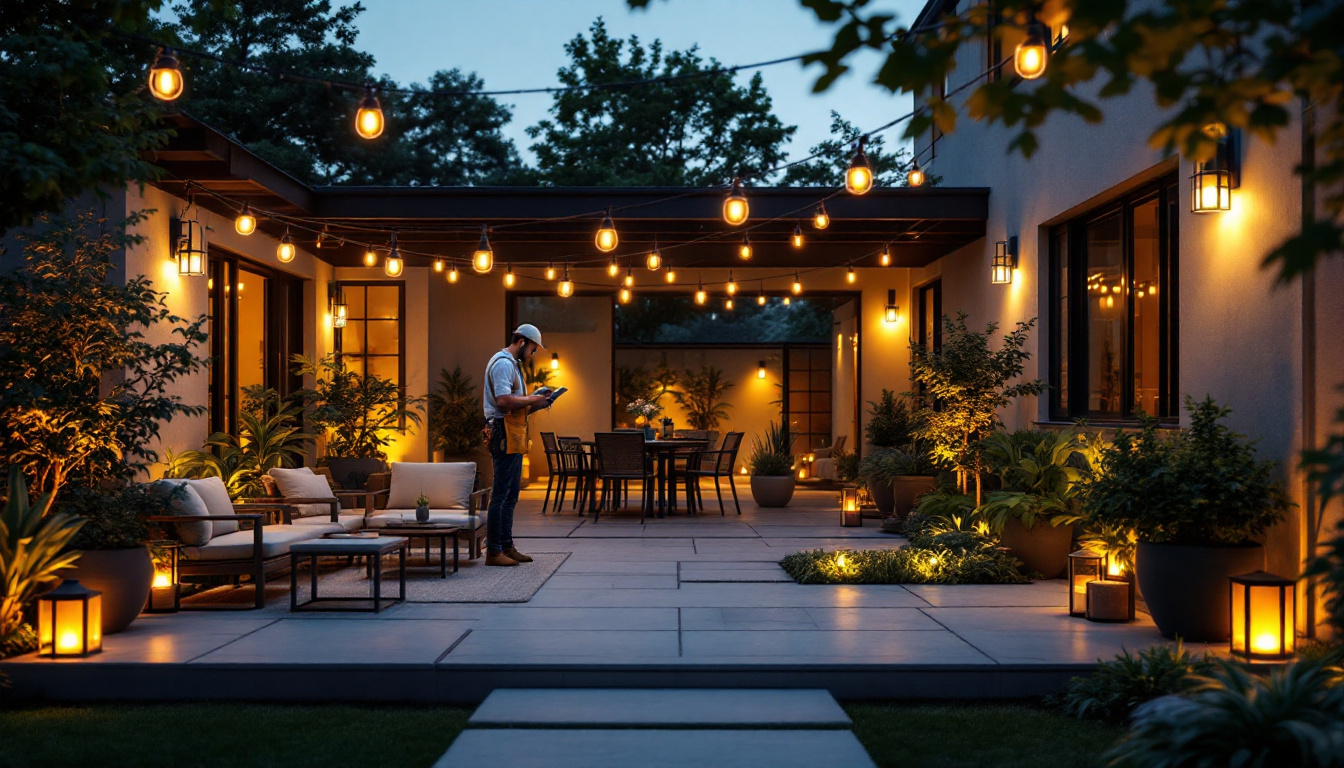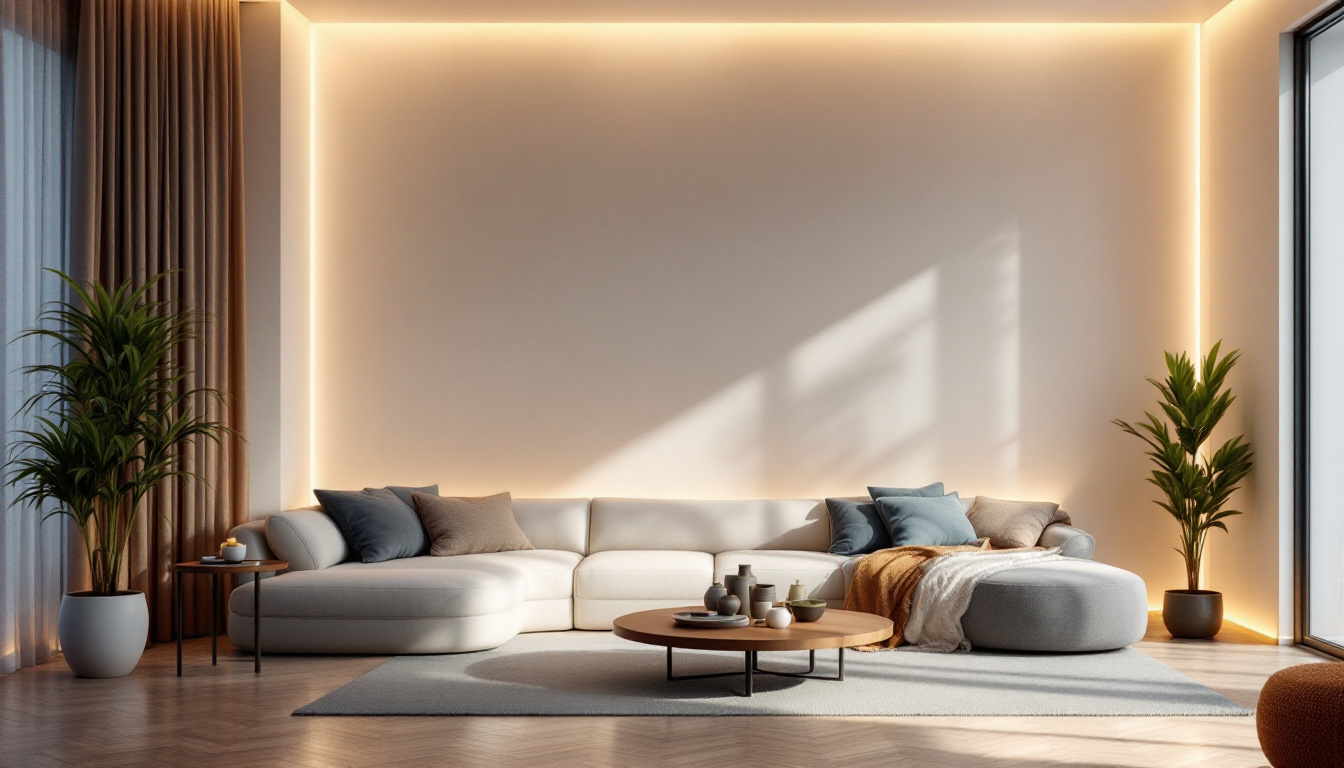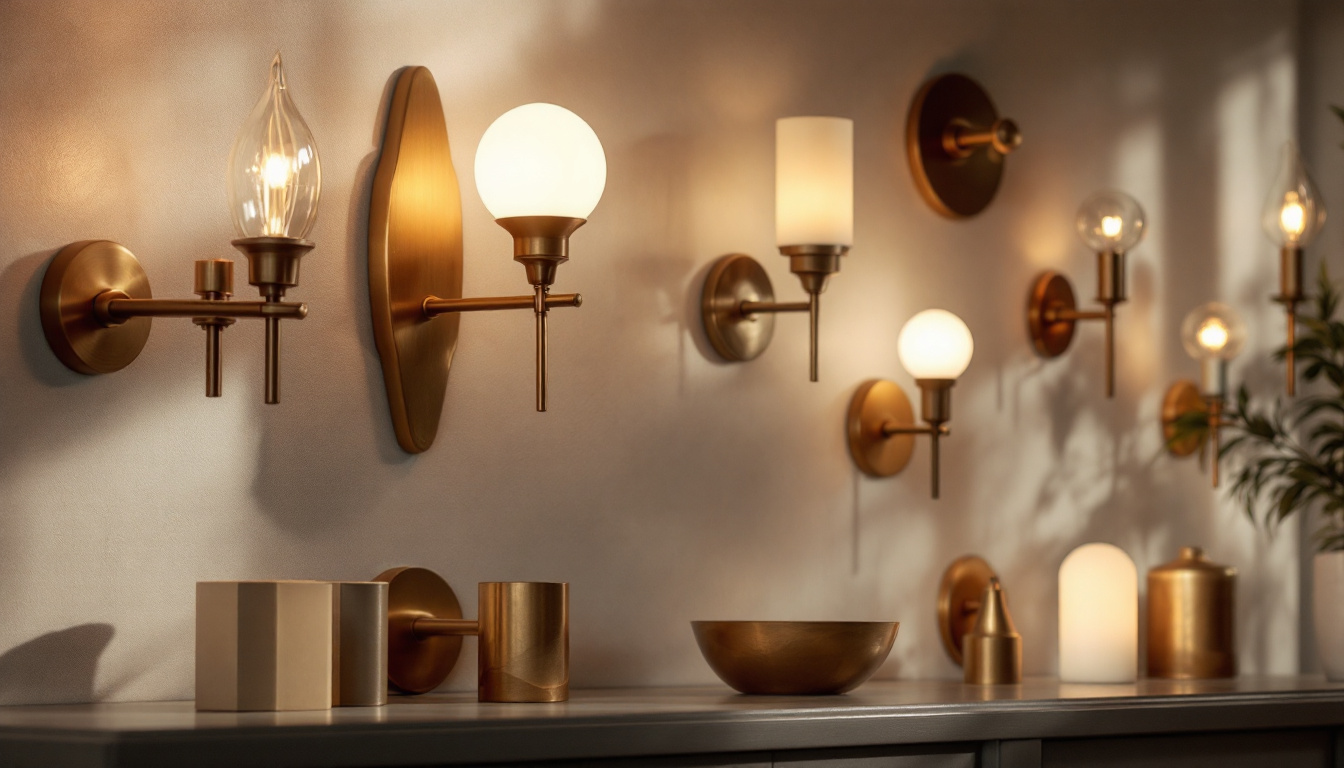
outdoor lighting is an essential aspect of landscape design and functionality. As a lighting contractor, understanding the nuances of selecting and installing outdoor lights can significantly impact the quality of your projects. This guide aims to navigate the common pitfalls encountered when shopping for outdoor lighting, ensuring that contractors can deliver exceptional results to their clients.
Before diving into the various types of outdoor lights available on the market, it is crucial to grasp the fundamental principles of outdoor lighting. This knowledge will not only enhance the aesthetic appeal of outdoor spaces but also improve safety and security.
Outdoor lighting serves multiple purposes, from illuminating pathways and enhancing security to highlighting architectural features and creating ambiance. Properly designed outdoor lighting can transform a dull space into a vibrant environment, making it more inviting and functional.
Moreover, effective outdoor lighting can deter potential intruders and ensure that outdoor areas are safe for navigation after dark. Understanding these benefits will help contractors convey the value of outdoor lighting solutions to their clients. Additionally, outdoor lighting can extend the usability of outdoor spaces, allowing homeowners to enjoy their patios, gardens, and yards well into the evening. This added functionality can be particularly appealing for those who love hosting gatherings or simply relaxing outside after a long day.
There are various types of outdoor lighting, each serving different functions. Key categories include:
Understanding these categories will help contractors select the right fixtures for specific applications, ensuring optimal performance and satisfaction for clients. Furthermore, it is essential to consider the energy efficiency of outdoor lighting options, as many modern fixtures utilize LED technology, which not only reduces electricity costs but also has a longer lifespan compared to traditional incandescent bulbs. This shift towards energy-efficient lighting solutions is not only beneficial for the environment but also aligns with the growing trend of sustainable living, making it an attractive selling point for contractors and homeowners alike.
Shopping for outdoor lighting can be overwhelming due to the vast array of options available. However, being aware of common pitfalls can help contractors make informed decisions and avoid costly mistakes.
One of the most significant mistakes contractors make is failing to consider the environment where the lights will be installed. Factors such as climate, landscape, and existing architecture play a crucial role in selecting the right fixtures.
For instance, coastal areas with high humidity may require corrosion-resistant materials, while regions with heavy snowfall might need fixtures designed to withstand harsh weather conditions. Understanding the local environment will help ensure that the chosen lighting solutions are durable and effective. Additionally, the surrounding flora and fauna can influence lighting choices; for example, if the area is home to nocturnal wildlife, it may be wise to select fixtures that minimize light pollution to protect their natural behaviors and habitats.
In today’s eco-conscious world, energy efficiency is more important than ever. Many contractors overlook the energy consumption of outdoor lighting, which can lead to increased electricity bills for clients.
When selecting outdoor lights, consider options that utilize LED technology. LED lights consume significantly less energy than traditional incandescent bulbs and have a longer lifespan, providing cost savings in the long run. Educating clients about the benefits of energy-efficient lighting can also enhance the contractor’s reputation as a responsible and informed professional. Furthermore, incorporating smart lighting systems that allow for remote control and scheduling can optimize energy use, ensuring that lights are only on when needed. This not only reduces energy consumption but also adds a layer of convenience and security for homeowners, making it a win-win situation for both contractors and clients.
With a plethora of outdoor lighting fixtures available, making the right choice can be daunting. However, understanding the key features and specifications can simplify the selection process.
The material of outdoor lighting fixtures can significantly affect their durability and appearance. Common materials include aluminum, brass, and plastic, each with its pros and cons.
Choosing the right material based on the project requirements and client preferences is crucial for ensuring longevity and satisfaction. Additionally, it’s worth considering the aesthetic appeal of each material. For instance, brass develops a beautiful patina over time, adding character to the fixture, while aluminum can be powder-coated in various colors to match specific design themes. Understanding these nuances can help contractors not only meet functional needs but also enhance the overall visual impact of the outdoor space.
Another critical aspect to consider is the light output, often measured in lumens. Contractors must choose fixtures that provide adequate illumination for the intended area without being overly bright or harsh.
For instance, pathway lights should emit a soft glow to guide visitors, while floodlights may require a more intense output for security purposes. Familiarizing oneself with the lumen output of various fixtures will help contractors make informed choices tailored to the specific needs of each project. Moreover, the color temperature of the light, measured in Kelvins, plays a vital role in setting the mood of the outdoor environment. Warmer tones (around 2700K to 3000K) can create a cozy and inviting atmosphere, perfect for patios and gardens, while cooler tones (above 4000K) might be more suitable for functional areas like driveways and security lighting. Understanding these aspects can elevate the design and functionality of outdoor spaces significantly.
Design plays a pivotal role in outdoor lighting, influencing both functionality and aesthetics. Contractors should consider several design elements to create a cohesive and appealing lighting scheme.
Layering different types of lighting is essential for achieving a well-balanced outdoor space. This technique involves combining ambient, task, and accent lighting to create depth and interest.
For example, ambient lighting can provide overall illumination, while task lighting focuses on specific areas, such as seating or cooking spaces. Accent lighting can highlight landscaping or architectural features, adding a touch of elegance. By layering light, contractors can enhance the overall experience of outdoor areas.
Focal points are essential in outdoor lighting design. They draw attention to specific features, such as trees, sculptures, or architectural elements, creating visual interest and enhancing the overall aesthetic.
Using accent lights to illuminate these focal points can create a stunning effect, especially at night. Contractors should work closely with clients to identify key features that deserve emphasis and select appropriate fixtures to achieve the desired impact.
Proper installation is crucial for the performance and longevity of outdoor lighting fixtures. Following best practices can help ensure that the lights function effectively and meet client expectations.
Before installation, it is essential to plan the layout of the lighting fixtures. This involves determining the best locations for each light, considering factors such as coverage, spacing, and the desired effect.
Using a lighting plan can help visualize the arrangement and ensure that all areas are adequately illuminated. Additionally, consulting with clients during this phase can help align expectations and preferences.
Electrical wiring is a critical component of outdoor lighting installation. Contractors must ensure that all wiring is properly rated for outdoor use and protected from moisture and damage.
Using weatherproof connectors and junction boxes can help safeguard against the elements, reducing the risk of electrical failures. Additionally, following local electrical codes and regulations is essential for ensuring safety and compliance.
Once outdoor lighting is installed, regular maintenance is necessary to keep the fixtures functioning optimally. Educating clients about maintenance practices can enhance their satisfaction and prolong the life of the lighting system.
Outdoor lights are exposed to various environmental factors, leading to dirt and debris buildup. Regular cleaning of fixtures is essential to maintain their appearance and functionality.
Contractors should advise clients to clean the fixtures periodically, using appropriate cleaning solutions and techniques to avoid damage. This simple maintenance task can significantly enhance the performance and longevity of outdoor lighting systems.
Regular inspections of outdoor lighting systems can help identify potential issues before they escalate. Contractors should encourage clients to check for any signs of damage, such as frayed wires, broken fixtures, or flickering lights.
Addressing these issues promptly can prevent further complications and ensure that the lighting system continues to operate efficiently. Offering maintenance services can also provide an additional revenue stream for contractors.
Shopping for outdoor lights involves careful consideration and planning to avoid common pitfalls. By understanding the basics of outdoor lighting, recognizing potential mistakes, and selecting the right fixtures, lighting contractors can deliver exceptional results to their clients.
Additionally, focusing on design elements, proper installation, and ongoing maintenance can enhance the overall quality and longevity of outdoor lighting systems. By following this guide, contractors can elevate their projects and ensure client satisfaction, establishing themselves as trusted professionals in the field of outdoor lighting.
Ready to enhance your outdoor lighting projects with the highest quality fixtures at the best value? Look no further than LumenWholesale. Our spec-grade lighting products are designed to meet the rigorous demands of any outdoor space, ensuring durability and performance. Say goodbye to inflated markups and hello to unbeatable wholesale prices, free shipping, and the convenience of bulk buying. Elevate your lighting game and give your clients the exceptional results they deserve. Discover our extensive selection and start saving today by visiting Wholesale Lighting at the Best Value.

Discover the essential insights lighting contractors need about High Bay LED Retrofit Kits.

Discover how inset lighting can transform your lighting installation projects with enhanced aesthetics and functionality.

Explore the diverse shapes of gooseneck brass sconces and discover how understanding these designs can give lighting contractors a competitive edge in winning more bids.

Discover essential tips and expert advice for lighting contractors in “Big Base Light Bulb.” This guide covers everything from selecting the right bulbs to mastering installation techniques, ensuring your projects shine brilliantly every time..